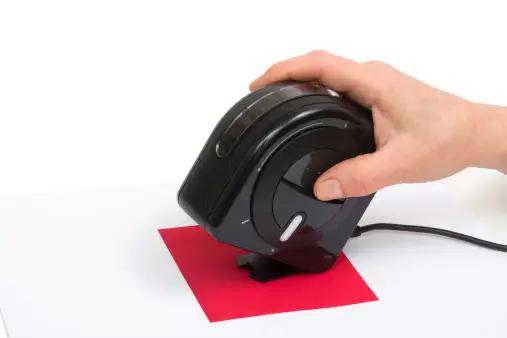Using Recycled Materials in High-Quality Print Projects
According to a study by the Environmental Protection Agency, global annual paper consumption has tripled over the past four decades. This has led to a significant increase in deforestation and has put a strain on our planet’s natural resources. As consumers, we have a responsibility to reduce our impact on the environment, and one way to do that is by using recycled materials in our print projects.
But can recycled materials truly be effective in high-quality print projects? In this article, we’ll dive into the details and explore the benefits of using recycled materials in print, including its impact on the environment, its quality, and the perception of consumers.
The Impact of Using Recycled Materials
The printing industry has been one of the major contributors to deforestation due to the high demand for paper. By using recycled materials, we can significantly reduce the need for virgin materials and lessen the impact on forests. Additionally, recycling paper also means reducing the amount of waste that ends up in landfills, which is a serious environmental concern.
Furthermore, the process of recycling paper requires less energy compared to producing new paper from virgin materials. This means that recycling paper results in a lower carbon footprint, making it a more sustainable option.
Quality Considerations
One of the common misconceptions about using recycled materials in print is that it affects the quality of the final product. However, with advancements in technology, the quality of recycled paper has greatly improved.
The key to using recycled materials effectively in high-quality print projects lies in the quality of the materials. By choosing high-quality recycled paper with a high post-consumer waste content, you can achieve the same level of quality as virgin paper. In fact, some printers have even reported that recycled paper performs better in terms of ink absorption and color reproduction.
Consumer Perception
There is a false notion that recycled materials are of lower quality, and this can impact how consumers perceive a product. However, with the increasing focus on sustainability and environmentally-friendly products, many consumers are now actively seeking out products that use recycled materials.
By incorporating the use of recycled materials into your print projects, you’re not only appealing to the eco-conscious consumers but also sending a message of your brand’s commitment to sustainability. This can help build a positive perception of your brand and differentiate you from your competitors.
Frequently Asked Questions
1. Can you achieve the same level of print quality with recycled materials?
Yes, by using high-quality recycled paper with a high post-consumer waste content, you can achieve the same level of quality as virgin paper.
2. Will using recycled materials impact consumer perception of the product?
No, with the increasing focus on sustainability, using recycled materials can actually have a positive impact on consumer perception.
3. Is using recycled materials truly beneficial for the environment?
Yes, using recycled materials reduces the need for virgin materials, lessens the impact on forests, and has a lower carbon footprint.
In conclusion, using recycled materials in high-quality print projects is not only beneficial for the environment but can also help improve the perception of your brand. With advancements in technology, recycled materials can achieve the same level of quality as virgin materials, making it a viable and sustainable option for the printing industry. Let’s do our part in reducing our impact on the environment by incorporating the use of recycled materials in our print projects.
Meta Description: Discover the impact of using recycled materials in high-quality print projects and how it can improve consumer perception. Learn about the benefits and debunk common misconceptions in this informative article. So, let’s create a better tomorrow by using recycled materials today.



